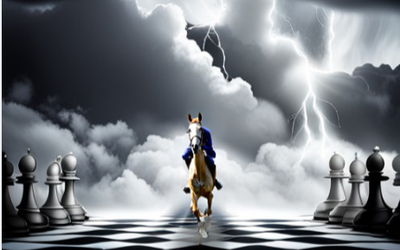
Stable Diffusion AI
Understanding your rooks - Making maximum use of your rooks
This blog will help you to maximize the use of your rooks in a chess game.First, let us understand the pros and cons of a rook.
Advantages:
1. Rooks are long-range pieces and can attack from one end of the board to the other end of the board.
2. Rooks become very powerful when they enter the enemy territory, especially the 7th and 8th ranks
3. In open positions, rooks can control a large amount of space
4. In the endgames, they can overpower even 2 minor pieces
5. Rooks can cause x-ray attacks on the enemy queen or king. Hence, as a rule, removing the king/queen from the same file as the opposing rook is suggested - if the file becomes open, then the king/queen would be in trouble.
6. The rook can checkmate the opponent's king singlehandedly. Back-rank mate is a pretty common checkmate theme where the rook has checkmated the opponent's king on the last rank.
Drawbacks:
1. They start in very passive positions behind the pawns. Of all the pieces, the rooks take the longest time to get developed. All the other pieces would have been developed before both the rooks are developed.
2. They can be attacked easily diagonally by the bishop or pawn.
3. They can be constantly attacked by lower-value minor pieces.
4. Rooks can be blocked by their own pawns or pieces and it takes time to get them to active posts.
Now we come to the important question: Where should we place our rooks to maximize their use?
Rooks should be placed
1. on open files
2. on semi-open files, they can pressure the opponent's pieces.
3. on the same file as the enemy king/queen provided, there are chances for the file to be opened up.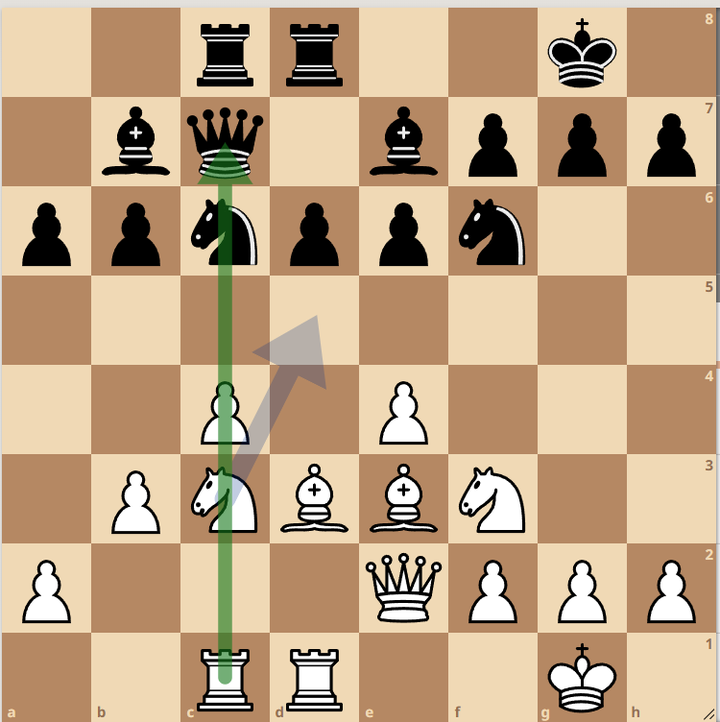
4. both the rooks become very powerful in the enemy territory in the 7th and 8th ranks.
5. In a few positions, where open files are not available, the rook pawn is moved 2 steps forward and the rook enters sideways by going behind the rook pawn by doing a "rook lift"
Mikhail Tal - Ficthl, J 1974, 1-0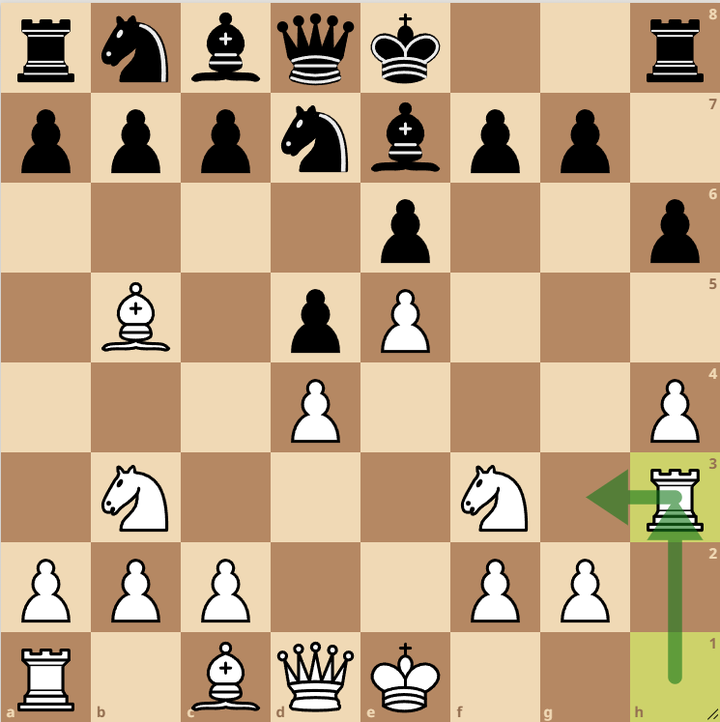
6. In the endgame,
- the rook should be placed behind the passed pawn so that we can try to queen the passed pawn using the rook's support.

- if behind the pawn is not possible, the second best option is to defend the passed pawn from the sideways (horizontally)

- Only in the worst-case scenario, the rook can be placed in front of the passed pawn.

Now, here are some quotes about the rooks given by great players:
- The retreat of a minor piece to the back rank, where it cuts the lines of communication between the rooks, is permissible only in exceptional cases. — Alexander Alekhine
- The Queen is usually reckoned equal, in average situations, to two Rooks and a Pawn, but towards the end of a game she is hardly so valuable as two Rooks. — Howard Staunton
- The only good Rook is a working Rook! — Samuel Reshevsky
- Even the best grandmasters in the world have had to work hard to acquire the technique of rook endings. — Paul Keres
- Always put the rook behind the pawn.... Except when it is incorrect to do so. — Siegbert Tarrasch
- Endings of one rook and pawns are about the most common sort of endings arising on the chess board. Yet though they do occur so often, few have mastered them thoroughly. They are often of a very difficult nature, and sometimes while apparently very simple they are in reality extremely intricate.
— Jose Raul Capablanca - All rook endgames are drawn! - Siegbert Tarrasch
Now, we come to the final part - the training part to see if the above discussion was useful for your game:
Puzzle 1: Black to play - Find the best move for black (White's last move was fxe5)
Tikkanen, Hans 2573 vs. Berg, Emanuel 2573
0-1 SWE-ch Falun(5)‚ 2012, ECO: D05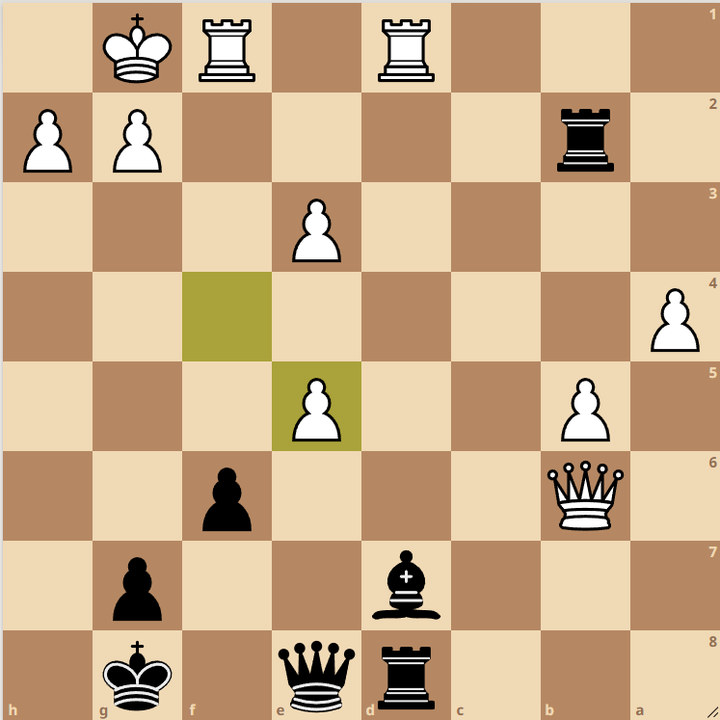
Puzzle 2: Black to play - Find the best move for black (White's last move was Rcc7)
Miles, Anthony John 2575 vs. Hort, Vlastimil 2590
0-1 Amsterdan op (8) , 1982 ECO: D01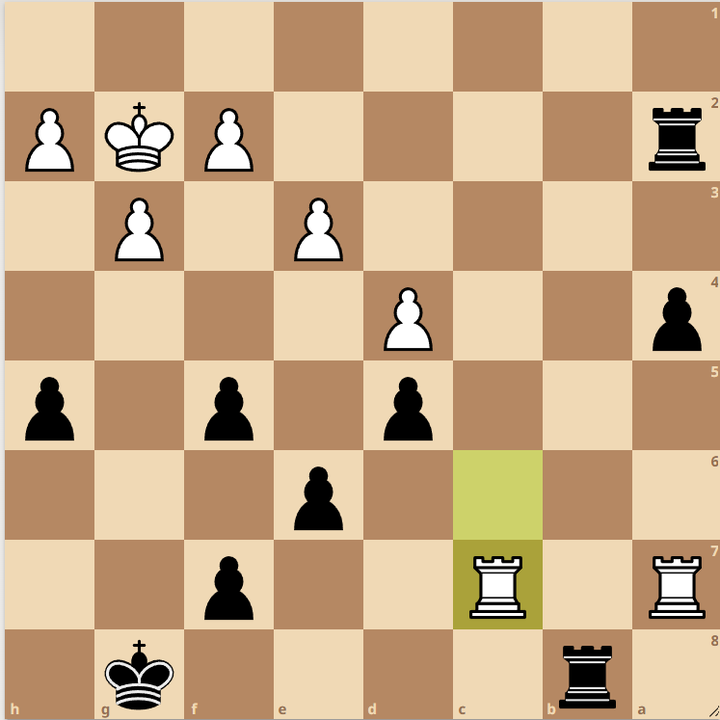
Puzzle 3: White to play - Find the best move for white (Black's last move was a5)
Jussupow, A 2555 vs. Kengis, E 2445
1-0, URS-chT Republics 16th final A 1983 ECO: A46
Puzzle 4: White to play - Find the best move for white (Black's last move was b6)
Garry Kasparov vs. Magnus Carlsen
0.5 - 0.5, Online blitz game
The solutions for the above positions will be posted shortly.
Happy Reading and Improving!
More blog posts by siddy2006
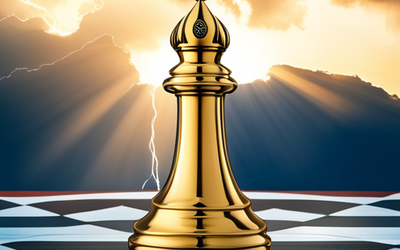
Understanding your Bishops - The good, the bad and the active(not ugly)!
This blog will help you to make better use of your bishops in a chess game